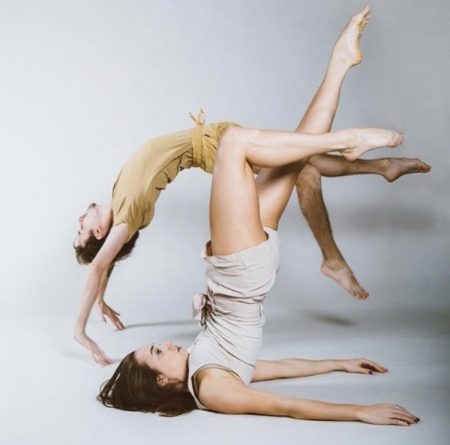Exercise When Undergoing ART
Posted by Christina Pistotnik

It is best to maintain healthy exercise when trying to conceive, but what about if you are starting ovarian stimulating medications as in IVF, medicated assisted IUI cycles or other ART?
These medications stimulate follicle growth in the ovaries. Some of them are oral and others are in the form of injections.
Gonadotropins
Injected medications contain gonadotropins. Gonadotropins help the ovaries to develop more than one egg at a time (typically the ovaries only develop one egg per cycle). This can put a lot of strain on the ovaries and their supporting ligaments, because the size of the ovaries are a lot larger than they normally are.
Ovarian Torsion
The concern around exercise and larger ovaries due to medication lies in the rare, but real concern surrounding ovarian torsion.
Ovarian torsion is when the ovary twists on itself. The ovaries are supplied with blood running through the ligaments that suspend them, and these ligaments become cut off in the twisting process, which is extremely painful and also dangerous. For this reason, many people are told to radically reduce exercise, especially if they are used to doing high intensity exercises.
I want to differentiate ovarian torsion from the normal aches that can occur during the ovarian stimulation phase.
Ovarian torsion is rare, it occurs in 0.03% of IVF cycles (6). When torsion has occurred, it has been described as extreme pain that makes you want to double over and is accompanied by nausea or vomiting. It typically has a sudden onset in the setting of a moving or twisting motion.
Always consult with your doctor if you have any concerns.
Note
This does not typically apply to people taking oral ovarian stimulating medications such as Clomid or Letrozole, because these meds do not stimulate the ovaries in the same way that gonadotropin meds do.
However, because the ovaries are larger than usual when stimulated by these oral meds too, you are still advised to be cautious with exercise when taking them.
Always consult with your primary care provider to make sure the exercise you are doing is safe.
So What Kind of Exercise is Typically Safe?
It is still important to do some light/low impact movements during ART because it can improve mood, sleep, and recovery.
So, what are safe movements that can be done?
Exercises that are typically safe to do (always consult with your fertility clinic to make sure, advice can vary depending on individual cases):
- Walking (but no quick twisting)
- Light jogging (But not near the end of injections or close to retrieval time and again no quick twisting)
- Swimming (but no twisting or flip turns at the end of the lane)
- Yoga (but no twisting or inversions)
- Light weightlifting (2-5 lbs) (but no quick twisting)
Exercises to Avoid:
- High impact exercise with quick changes in body position
- Running
- Vigorous acrobatics (ie. trapeze, aerial silks, etc..)
- Pole dancing
- Pilates
- Barre Classes
General tips
Exercise is good for you whether you are trying to conceive or not and if you are trying to conceive, you may want to modify your routine.
Always speak with your primary care provider about your personal situation to help find a routine that is right for you.
For more advice on how to support your reproductive health and wellbeing, book a free 15-minute phone consultation.
Photo www.chloehphoto.com IG @chloealexisham via @yogateau
